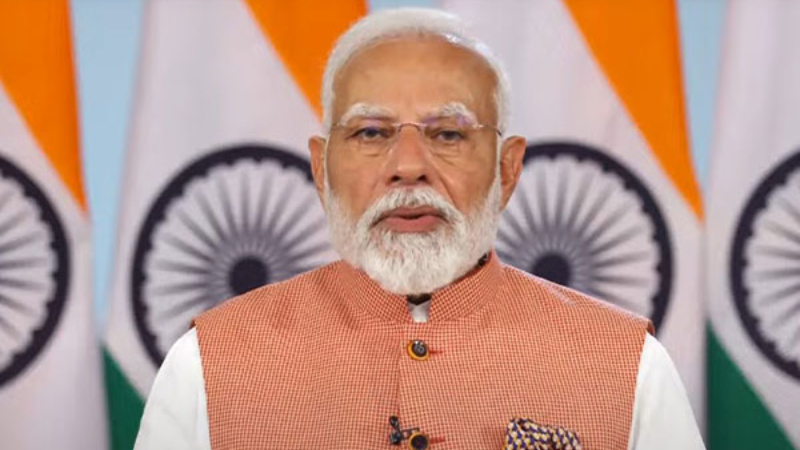India's Energy Vision 2030: A Roadmap to Global Leadership
Key Ideas
- India aims to add 500 GW of renewable energy capacity by 2030, focusing on non-fossil fuel sources like solar and biofuels.
- The country plans to achieve net zero carbon emissions in Indian Railways by 2030 and produce 5 million metric tons of green hydrogen annually by the same year.
- India's biofuel industry is rapidly growing with a sustainable feedstock of 500 million metric tons, supported by global initiatives like the Global Biofuel Alliance.
- Efforts are underway to expand India's natural gas sector and refining capacity, positioning the country as a key player in the global energy landscape.
Prime Minister Narendra Modi virtually inaugurated the India Energy Week 2025, outlining India's ambitious energy goals. By 2030, India aims to add 500 GW of renewable energy capacity, achieve net zero carbon emissions in Indian Railways, and produce 5 million metric tons of green hydrogen annually. The country has emerged as the third-largest solar power generator globally, with a focus on tripling its non-fossil fuel energy capacity. India's biofuel industry is on a growth trajectory, with a sustainable feedstock of 500 million metric tons. Global initiatives like the Global Biofuel Alliance are transforming waste into wealth. Additionally, India is expanding its natural gas sector and refining capacity, aiming to maximize its hydrocarbon resources. Prime Minister Modi highlighted India's role in driving global energy dynamics, emphasizing the country's commitment to sustainability and innovation. India's energy transition is seen as a global game-changer, with the nation poised for leadership in the global energy sector.
Topics
India
Renewable Energy
Innovation
Sustainability
Biofuels
Economic Growth
Green Initiatives
Hydrocarbon Resources
Global Energy Trade
Latest News
